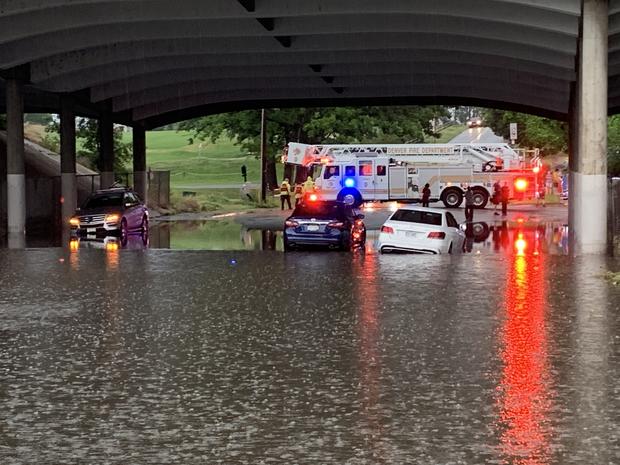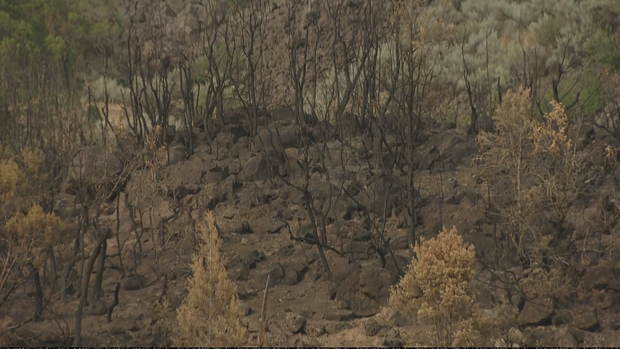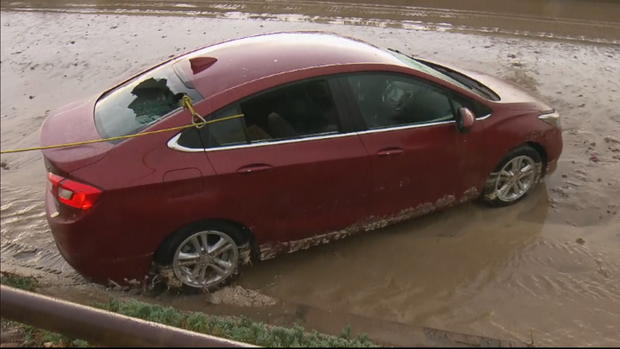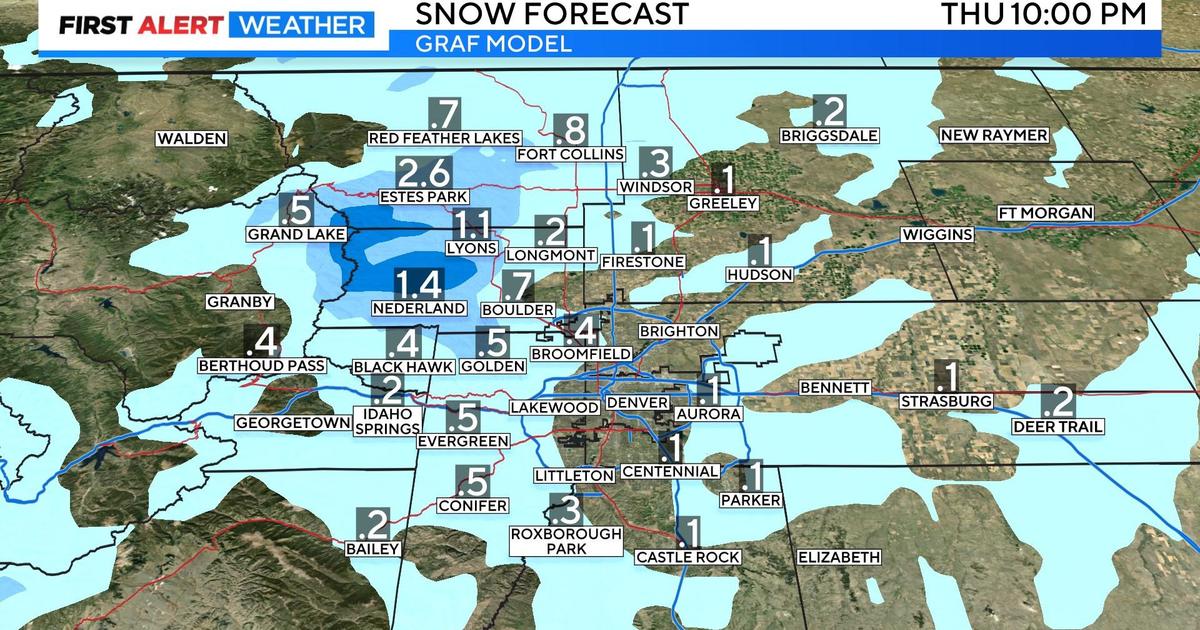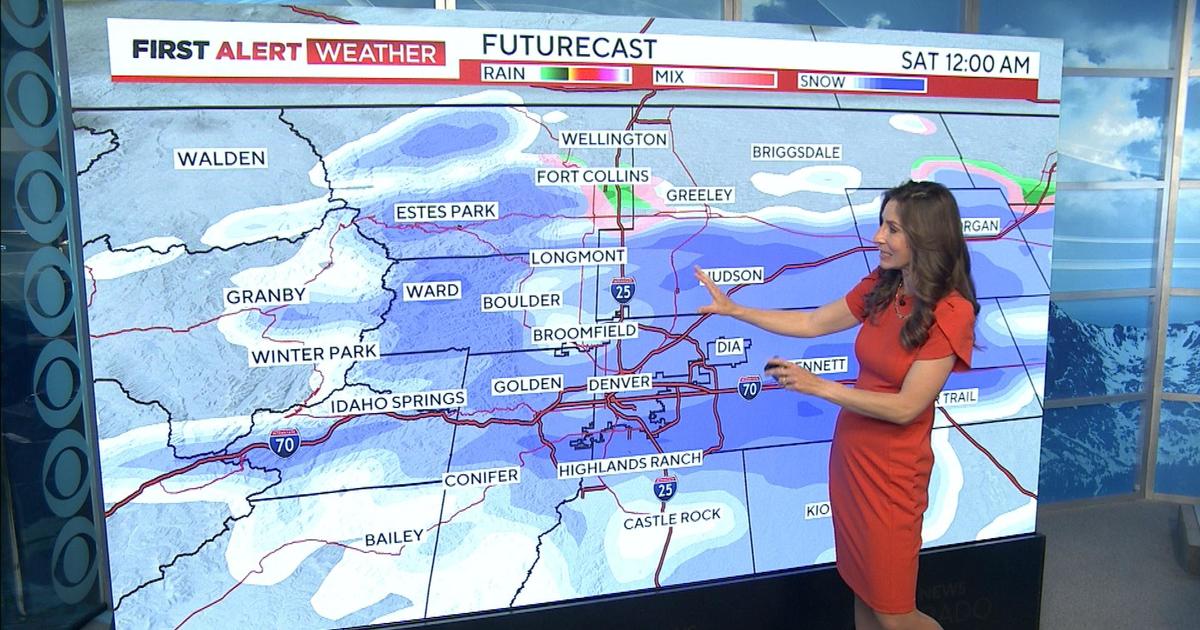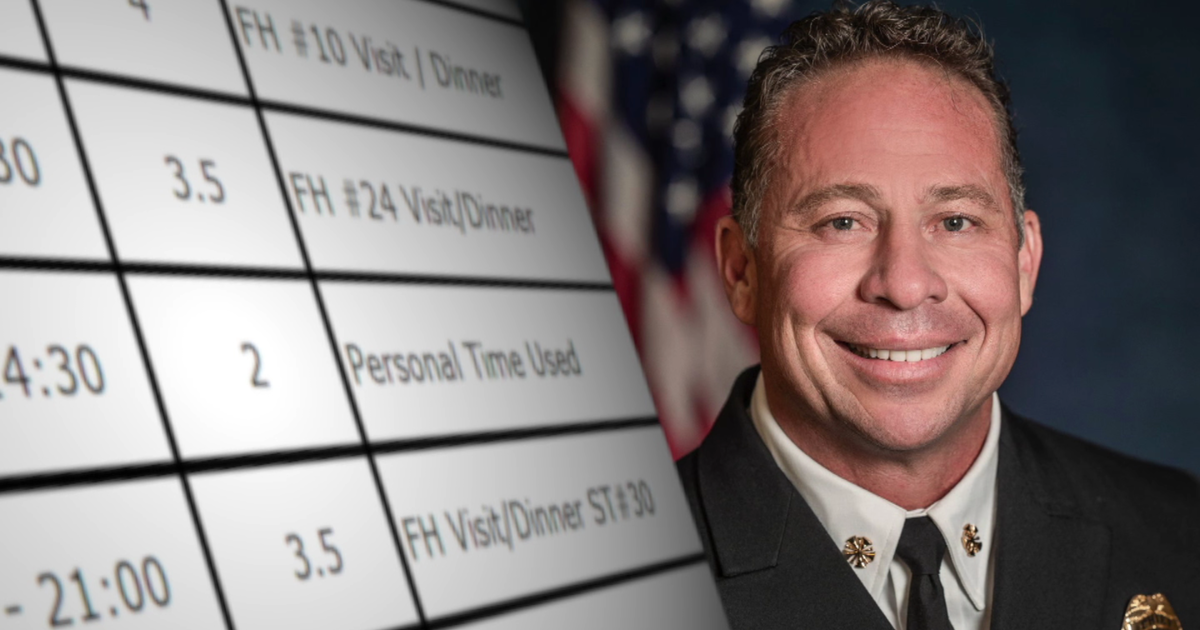Colorado Severe Weather Awareness Week: Flash Flood Safety
DENVER (CBS4) - The weather in Colorado can produce a wide variety of hazards to life and property each year. During the warm season slow-moving thunderstorms can produce a flash flood, which is a sudden rise in water along a creek, river or piece of land that is normally dry.
We can also see flash flooding during the cold season as a result of ice jams on a creek or river. A dam or levee failure can also produce a flash flood.
When a flash flood is in progress it can take anywhere from a matter of minutes to a few hours for the situation to become dangerous. The water can move fast with an incredible force and may contain debris such as trees or boulders, which can destroy roads, bridges, houses or buildings.
A major flood took place in September 2013 when heavy rain fell for several days along the Front Range. The flooding impacted areas in the foothills and downstream on the eastern plains. To this day mitigation is still taking place along many area creeks and rivers.
Another huge risk for flash flooding involves the burn scar from a wildfire. The heat from a wildfire literally changes the top layers of the soil and makes it more prone to runoff from heavy rain. The danger of a flash flood can last for several years and it doesn't take very much rain to create a flash flood over a burn scar.
With all of the fresh burn scars around Colorado there is a huge potential to see a lot of problems this summer. Now is the time to plan ahead if you live in or near a wildfire burn scar.
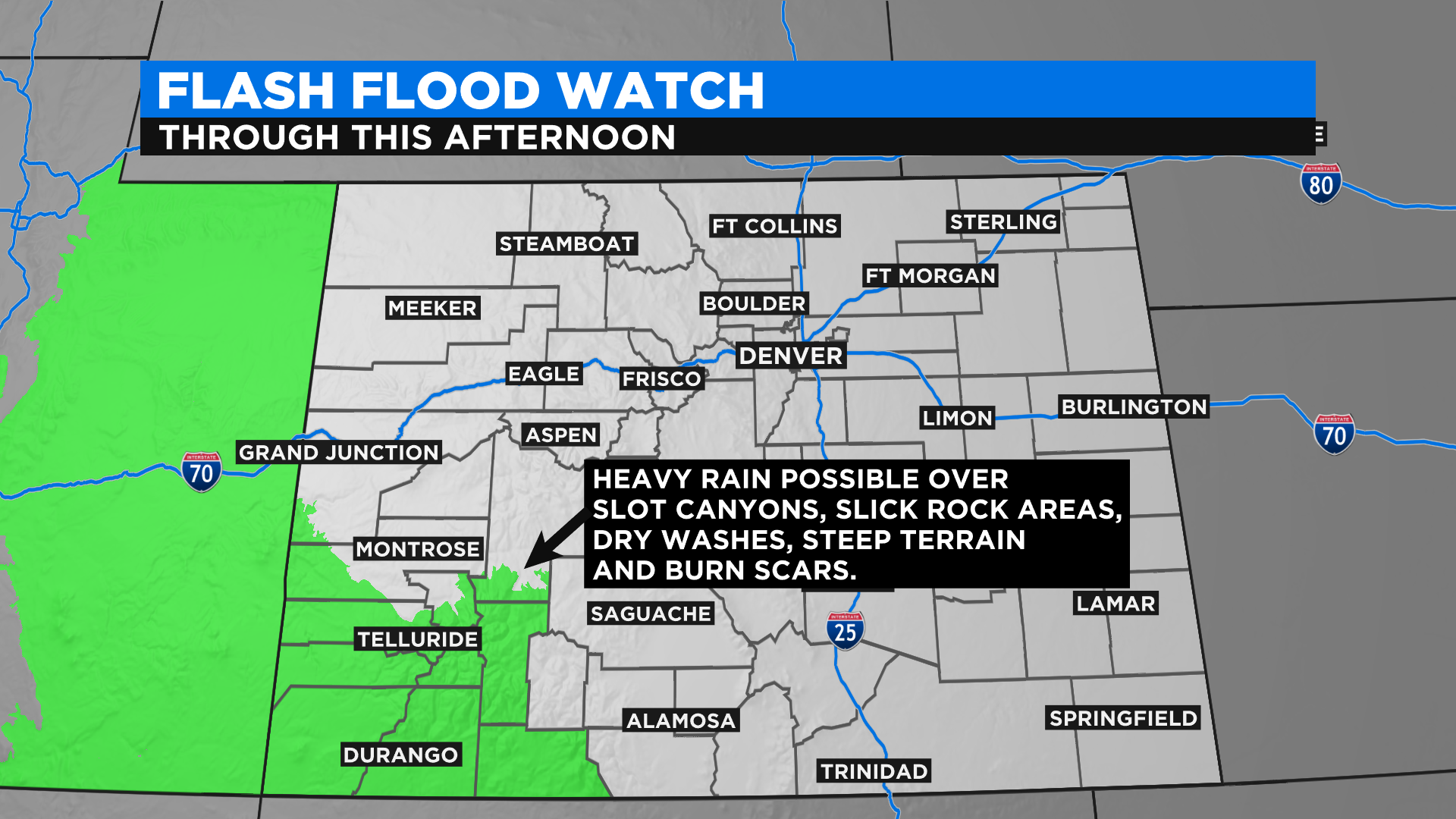
If the National Weather Service issues a Flood or Flash Flood Watch for your area that means there is the potential to see flooding within the designated timeframe. A warning means that flooding is either in progress or imminent.
There difference between a flood and a flash flood is simply the timing. A flood can be predicted in advance. A good example is when the snowpack melts fast in Colorado's Rocky Mountains, we can predict future flooding along rivers and creeks. Sometimes even a week in advance!
Meanwhile a flash flood happens with little to no advanced warning. We can predict when conditions are right for a flash flood to form but meteorologists can't predict the exact timing or location.
Another type of flood advisory you may see at some point during the year is an Urban Flood Advisory. This is issued when heavy rain falls in an urban area like Denver and there will be a brief period of high runoff that could cause creeks and streams to rapidly rise. Low-lying intersections and roads may also flood in this scenario.
A small stream advisory could be issued when a waterway is bankfull and minor lowland flooding could take place, such as along bike paths that may run alongside the waterway.
Nearly half of all flash flood fatalities in the United States each year are vehicle related. Do not enter a flooded roadway because you don't know how deep the water is or if the roadway is still there. Turn Around, Don't Drown!
If you are caught outside in the mountains or foothills during a heavy rain event you will want to climb to safety if a flash flood develops.
